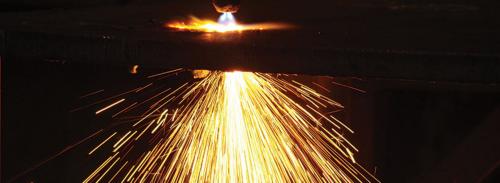How Coating & Painting Inspection Is Done?

Business owners of large engineering plants often need to conduct different kinds of NDTs. Among them painting or coating inspection is the most common. But have you ever wondered how this test is done?
Ambient Condition
Before initiating surface preparation or coating operations, the temperatures (air and surface), relative humidity, dew point and wind velocity must be checked to ensure that they conform to specification requirements. As ambient and steel temperatures change quickly, they should be measured periodically throughout the day. Experts dictate that the ambient condition test or environmental test should be done, before, during and after the application and they must be monitored at least every four hour interval, even more when the conditions are unstable.
Temperature
The application of a coating system should occur only when the air and substrate temperature is within the range of instructions provided by the manufacturer for both application and curing. A rule of thumb, no work shall be done when air temperature goes below 50 degree C and surface temperature is less than 30 degree C.
Dewpoint
Dewpoint is defined as the temperature at which moisture gets condensed. Dew point is important in coating work because moisture condensation causes freshly blast cleaned steel to rust, or a thin, invisible film of moisture is trapped between coats which causes premature coating failure.
Humidity
Curing of coatings can be adversely affected by humidity, no coating should be applied till the supplier's or manufacturer's written technical requirement for humidity are met. High humidity can cause moisture to get condensed or react with uncured coating films. This can cause blushing or other adverse effects. However, certain inorganic zinc and moisture-curing polyurethane coating, require a minimum humidity for curing. But, in most cases of organic coatings, no work should be carried out when relative humidity is above 85 percent.
Wind velocity
When it is a field or open air application, wind velocity can blow airborne contaminants to work surfaces and coating materials. This can also contribute to dry spray, dusty-spotted effects to the coated surface and accelerate solvent evaporation time, which result in immature drying. Thus, no work should be done in the open air field when the wind velocity is above 24 km per hour.
These are basic criterias of coating inspection. Getting yourself familiar to these can help you in the future.
Advertise on APSense
This advertising space is available.
Post Your Ad Here
Post Your Ad Here
Comments